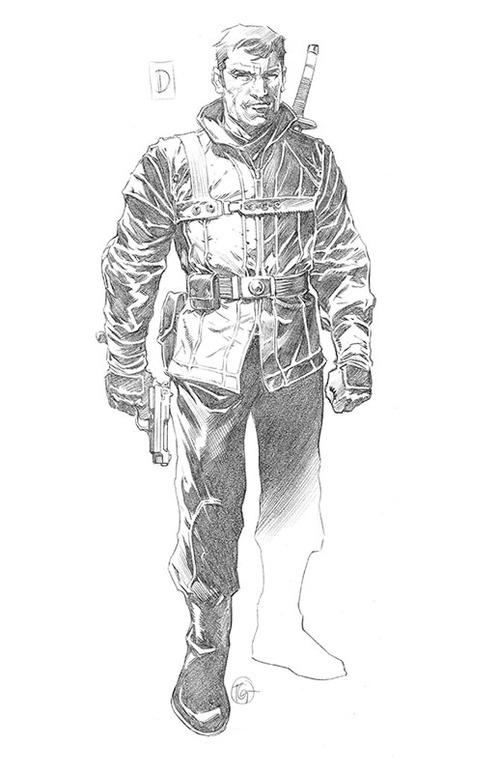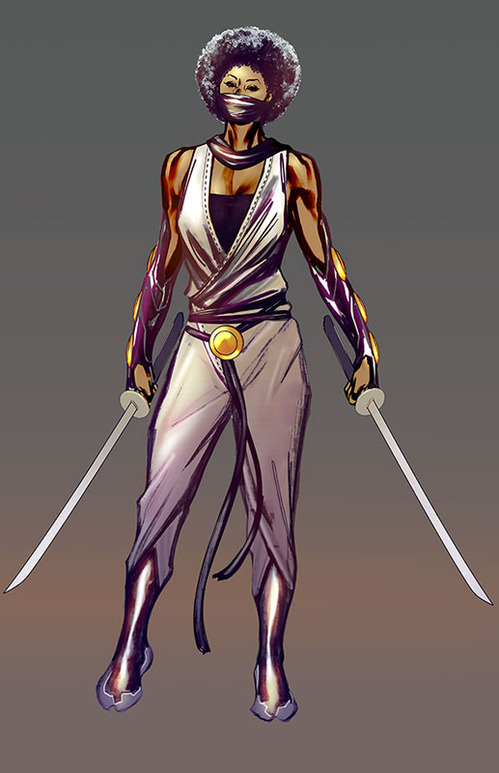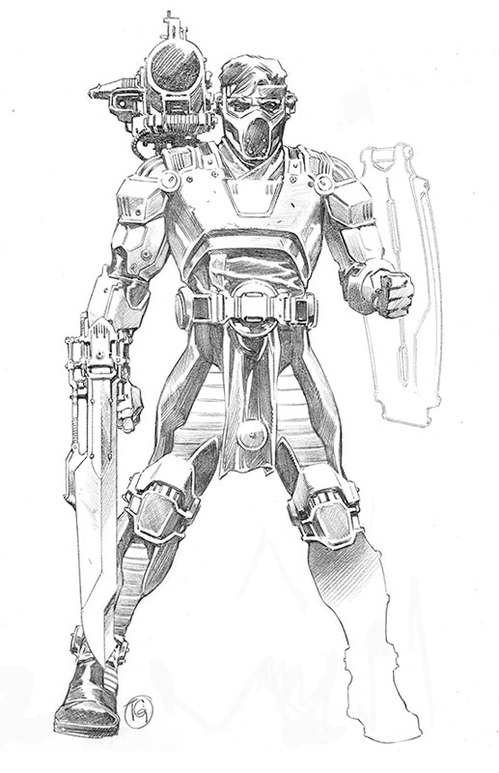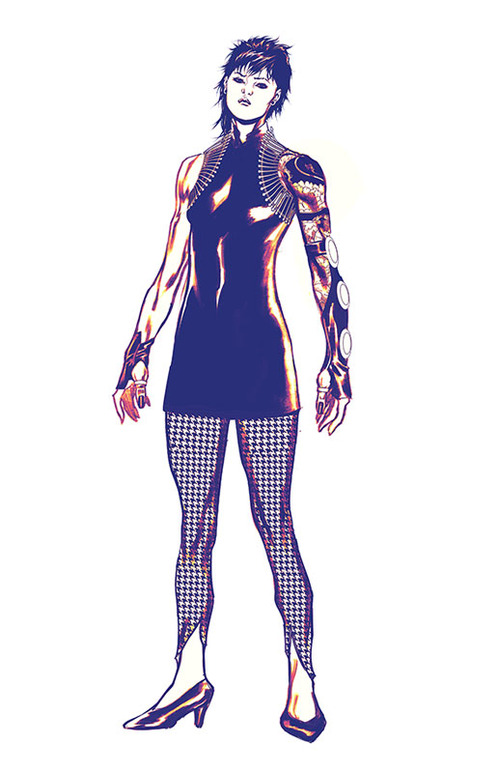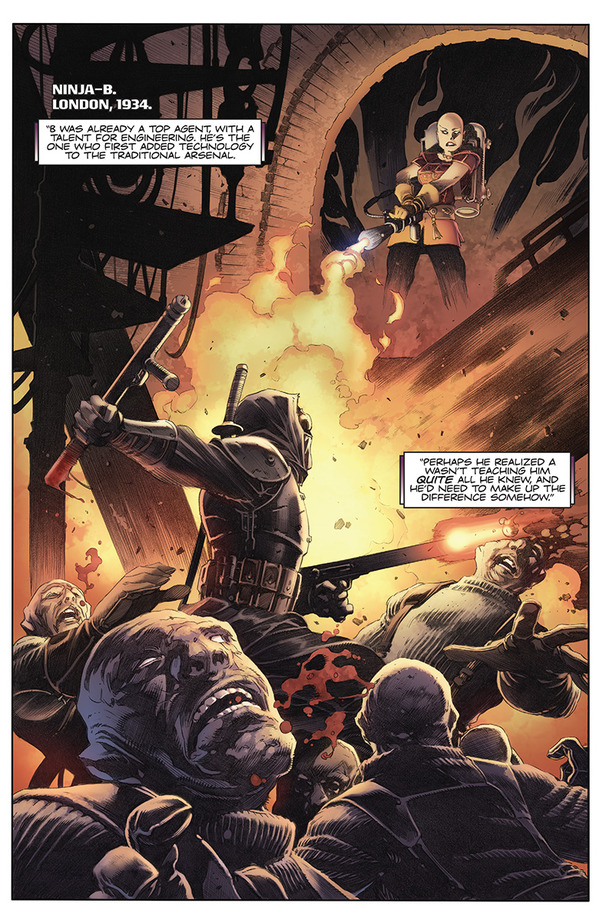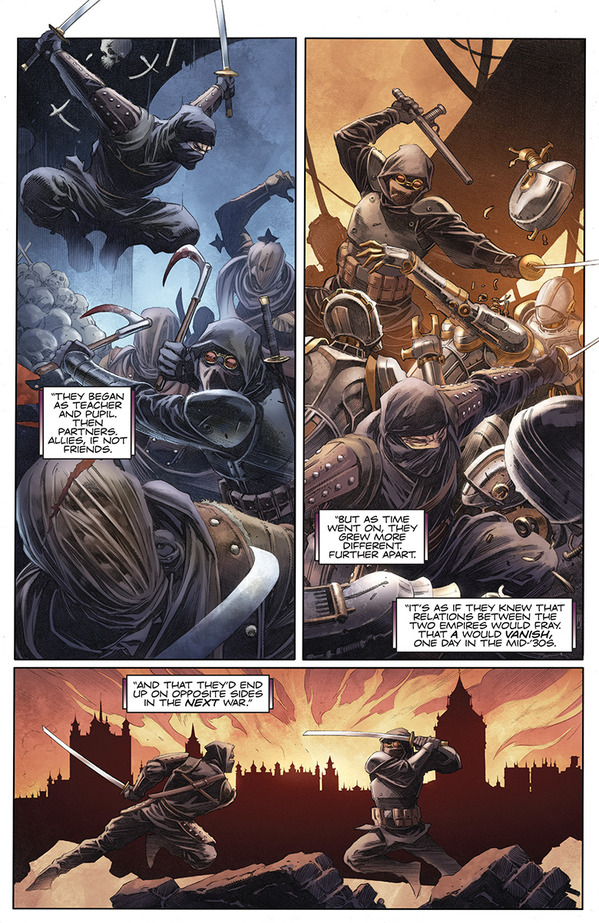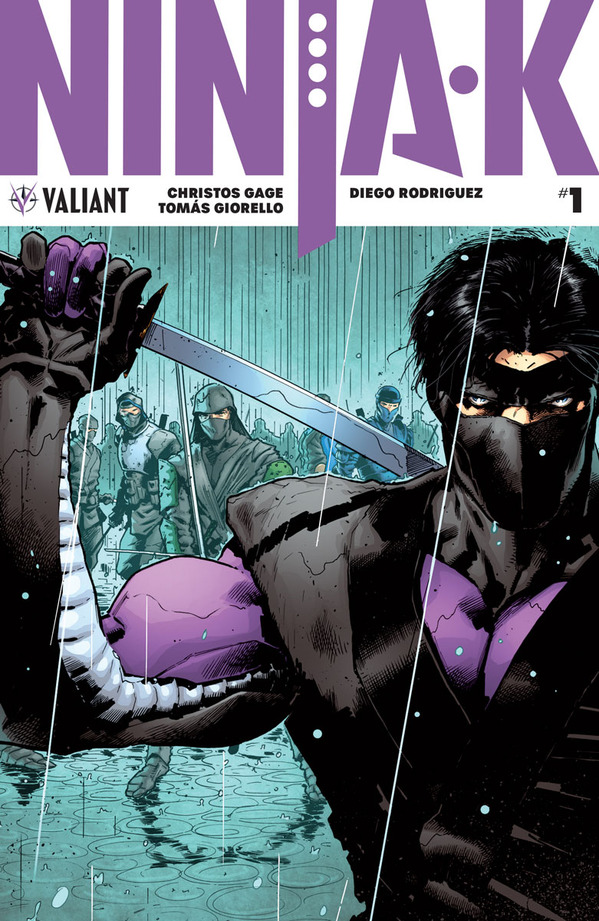Exclusive: Valiant Comics Uncovers a Legacy of Ninja Spy Badasses for Upcoming Ninja-K Series
Main Art by Adam Pollina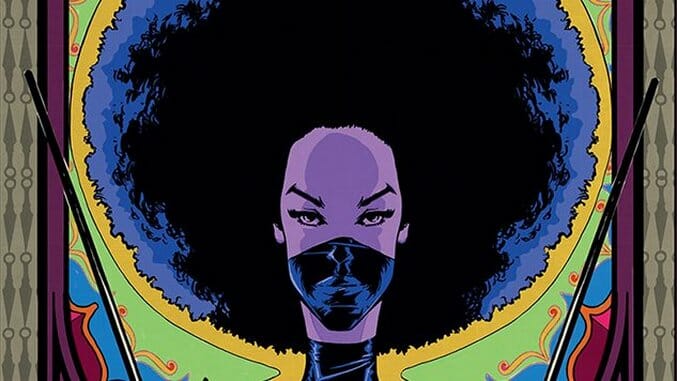
Since its editorial relaunch in 2012, a refurbished Valiant Entertainment took a publishing line that had endured a roller-coaster ride of victories and failures and worked tirelessly to reinvigorate it. Employing a cache of writers including Jeff Lemire, Matt Kindt, Jody Houser, Robert Venditti and Joshua Dysart among others, editor-in-chief Warren Simons offered the freedom to dig deep and wide into these characters’ spheres.
That innovation has included everything from new psychedelic multiverses to tear-jerk summer blockbusters. But one of the most interesting aspects of this strategy has been an effort to show how characters like Bloodshot, Ninjak and Gilead fit into a mythology that spans decades. Lemire recently introduced a host of nanite-infused soldiers (adorable dog included) in his Bloodshot Island event, showing how current bearer, Ray, follows in the wake of other men who have donned the killing-machine mantle as far back as the Greatest Generation.
Another character staple, Ninjak, will similarly explore his legacy in the upcoming series Ninja-K, written by Christos Gage (Amazing Spider-Man) and illustrated by Tomas Giorello (X-O Manowar). The altered title signifies the series’ direction after Matt Kindt’s wuxia-flavored run, alluding that the last letter in the hero’s moniker isn’t stylistic, but a chronological ID. Current M16 agent Colin King may be the latest Ninja employed by England to protect the crown’s interest, but he follows Ninjas A-J in a line dating back to World War I.
With the first issue launching in late November, Gage offered up designs and commentary for the history of the Ninja program, spanning from 1910 to the 1990s. The illustrations—courtesy Clayton Henry, Andrew Dalhouse, Khari Evans and series artist Giorello—pull from the aesthetic and fashion of their respective era, including a Pam-Grier-esque entry for the ‘80s and a subsequent entry sporting a missile launcher that could have leapt out of an early James Cameron blockbuster.
Check out the designs below as well as a preview of the first issue. ![]()
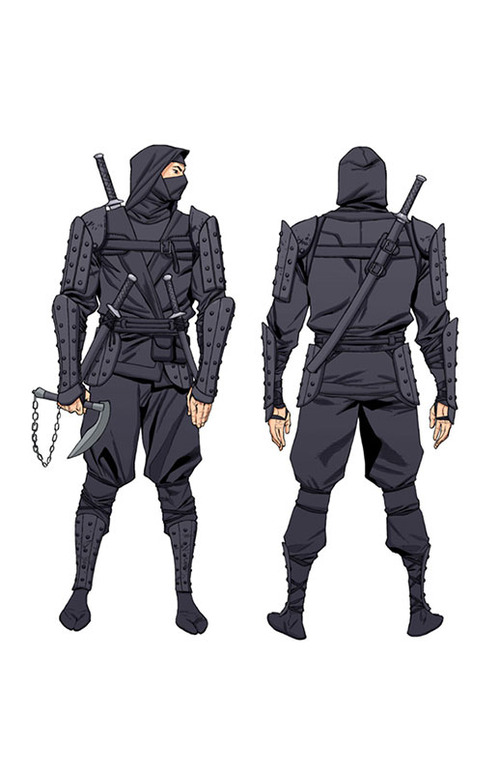
Design by Clayton Henry with Andrew Dalhouse
NINJA-A (1910s-40s):
He wasn’t called ‘Ninja-A’ at the start. Just ‘the Ninja,’ on the rare occasions he was referred to at all. The last practitioner of a lost art. Britain and Japan were allies in the Great War. Japan wanted Germany’s holdings in the Pacific. They sent Britain’s Ninja-A to help combat the German machine guns, which the British army initially refused to use themselves, considering it an improper form of warfare. A kicked off the whole program.
Design should include only traditional ninja weapons, no high tech, even for the period. The basic gist of Ninja-A is that he was old school, one of the last practitioners of the ancient art. He is dressed so all we can really see are his eyes, which are focused and scary as hell. This guy is a badass, a machine.![]()
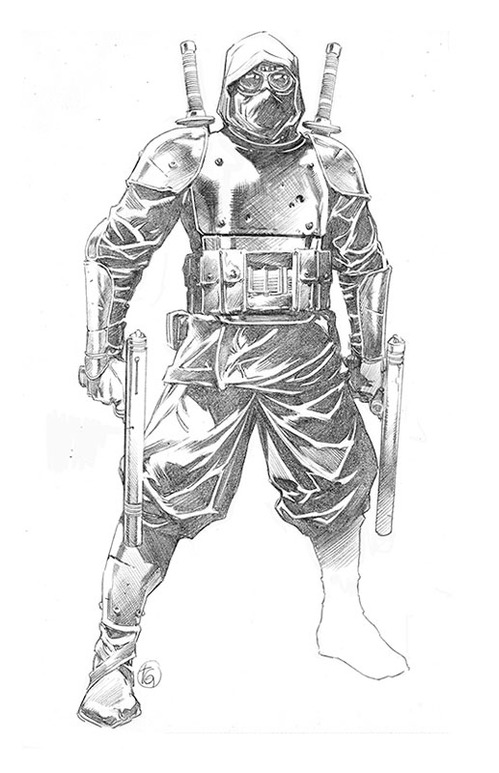
Design by Tomas Giorello
NINJA-B (1930s-1940s):
B is very British, like a young Prince Philip. A stayed on after the war, but the British knew there’d come a day when they’d lose him. So MI-6 had him train another agent. Ninja-B. The first British operative. B was already a top agent, with a talent for engineering. He’s the one who first added technology to the traditional arsenal. Perhaps he realized A wasn’t teaching him quite all he knew, and he’d need to make up the difference somehow.
They began as teacher and pupil. Then partners. Allies, if not friends. But they’d end up on opposite sides in the next war. Last reports have them in Hiroshima when Little Boy dropped.
B has taken the traditional Ninja garb and weapons and added technology (of the era), taking the first step down the road that leads to Ninjak. Nothing too futuristic for the period, but certainly twin pistols and some sort of goggles that glow a bit, suggesting electricity (the forerunner to Ninjak’s contact lenses that let him see different energies). He also definitely has traditional throwing stars, sword, etc. He’s Ninja-A with tech.![]()
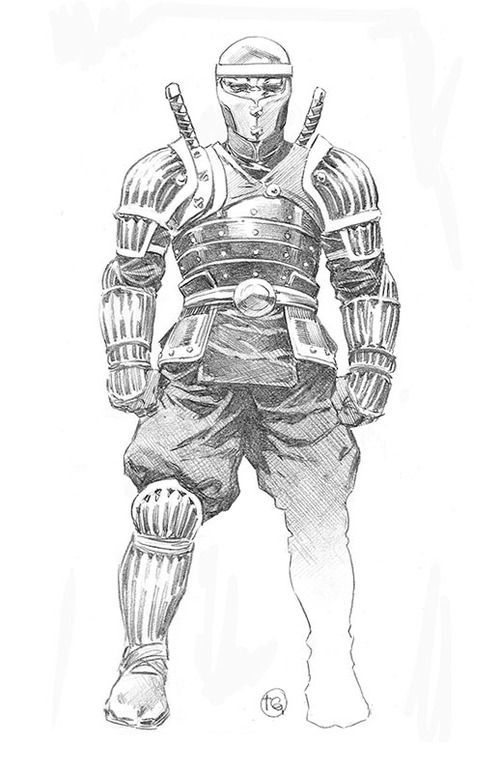
Design by Tomas Giorello
NINJA-C (1940s):
C was trained by B when he was just a skinny British youth, 10 or 11 years old. He has some tech elements and body armor the equal of Ninjak’s. He is a combination of A and B. ![]()
